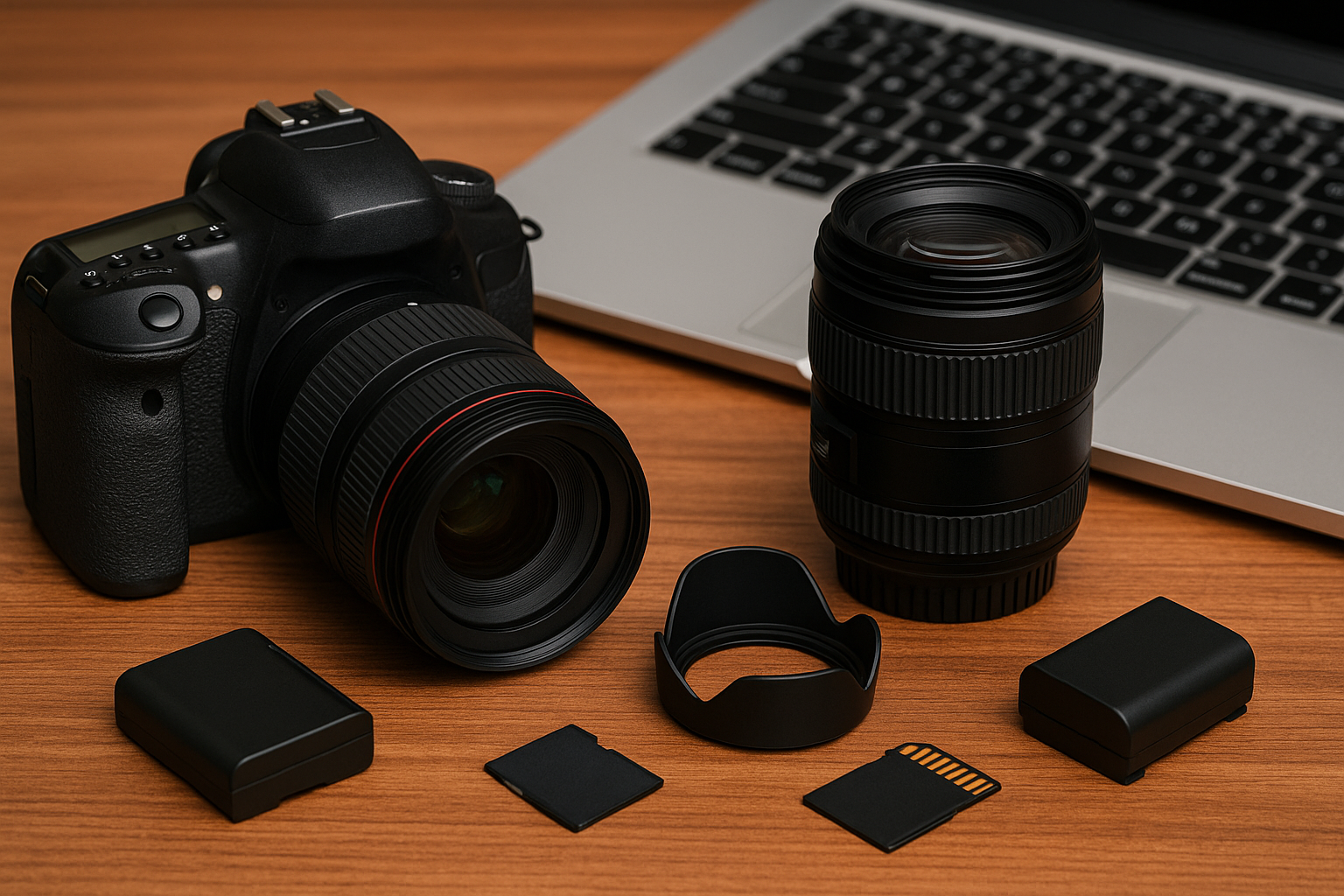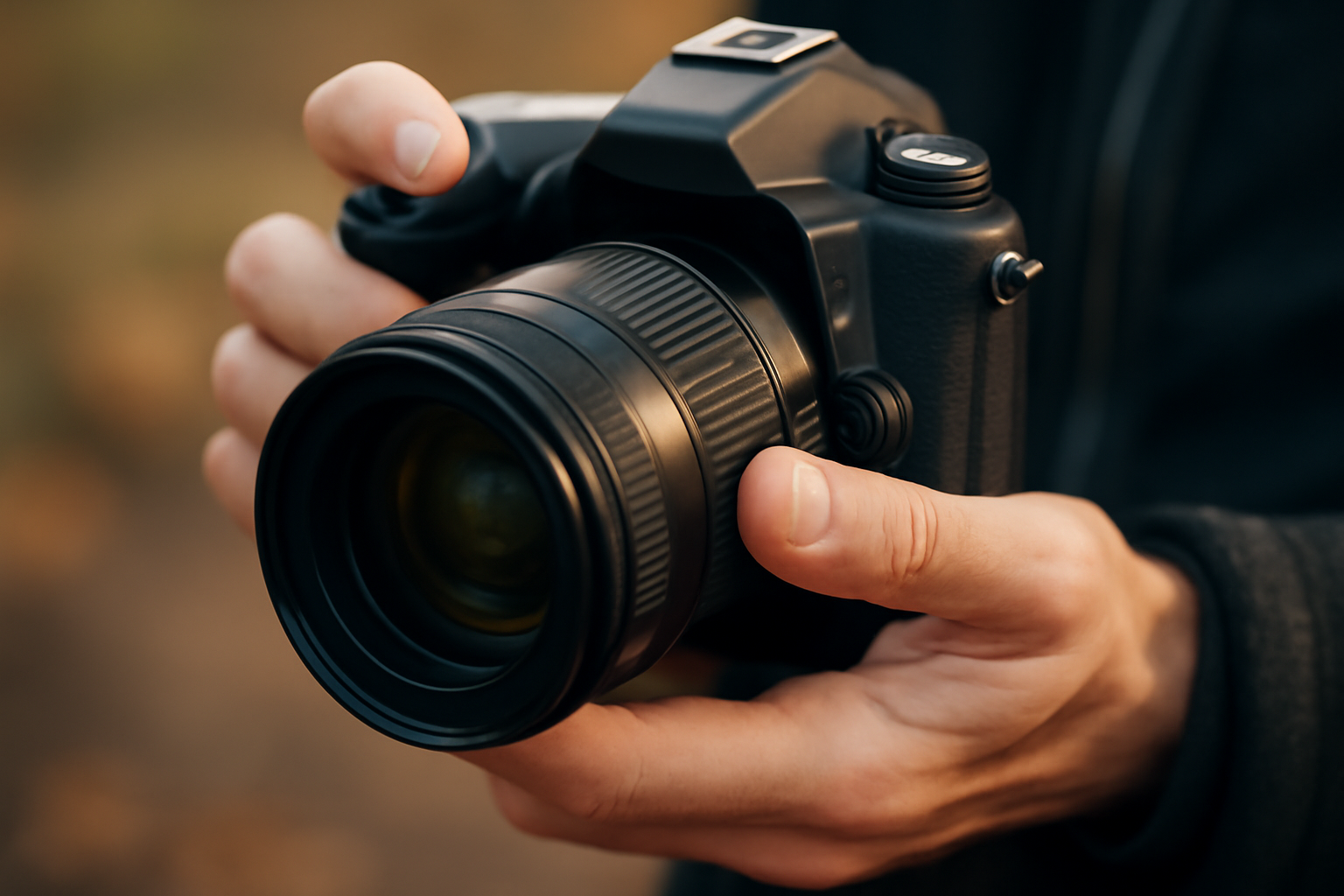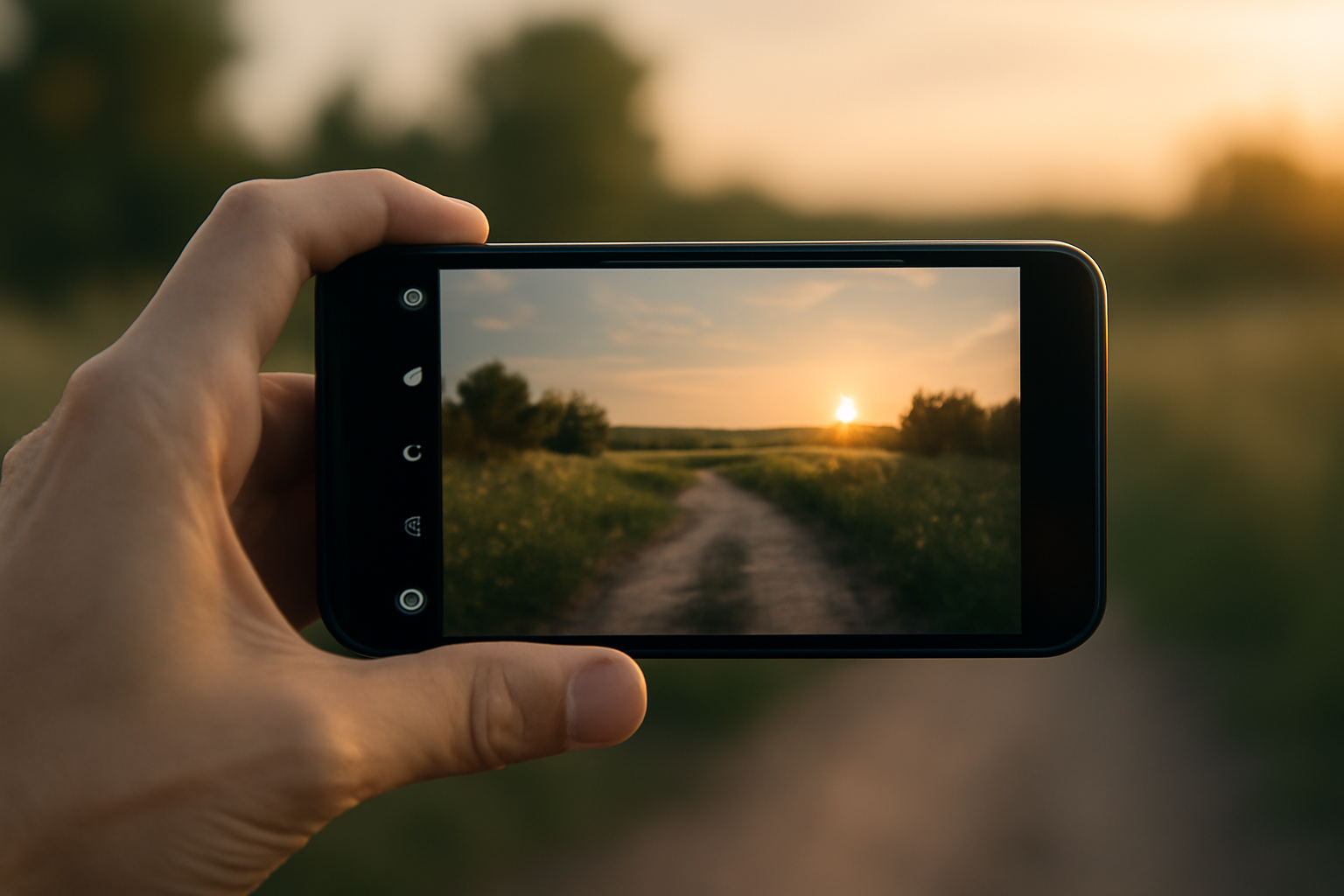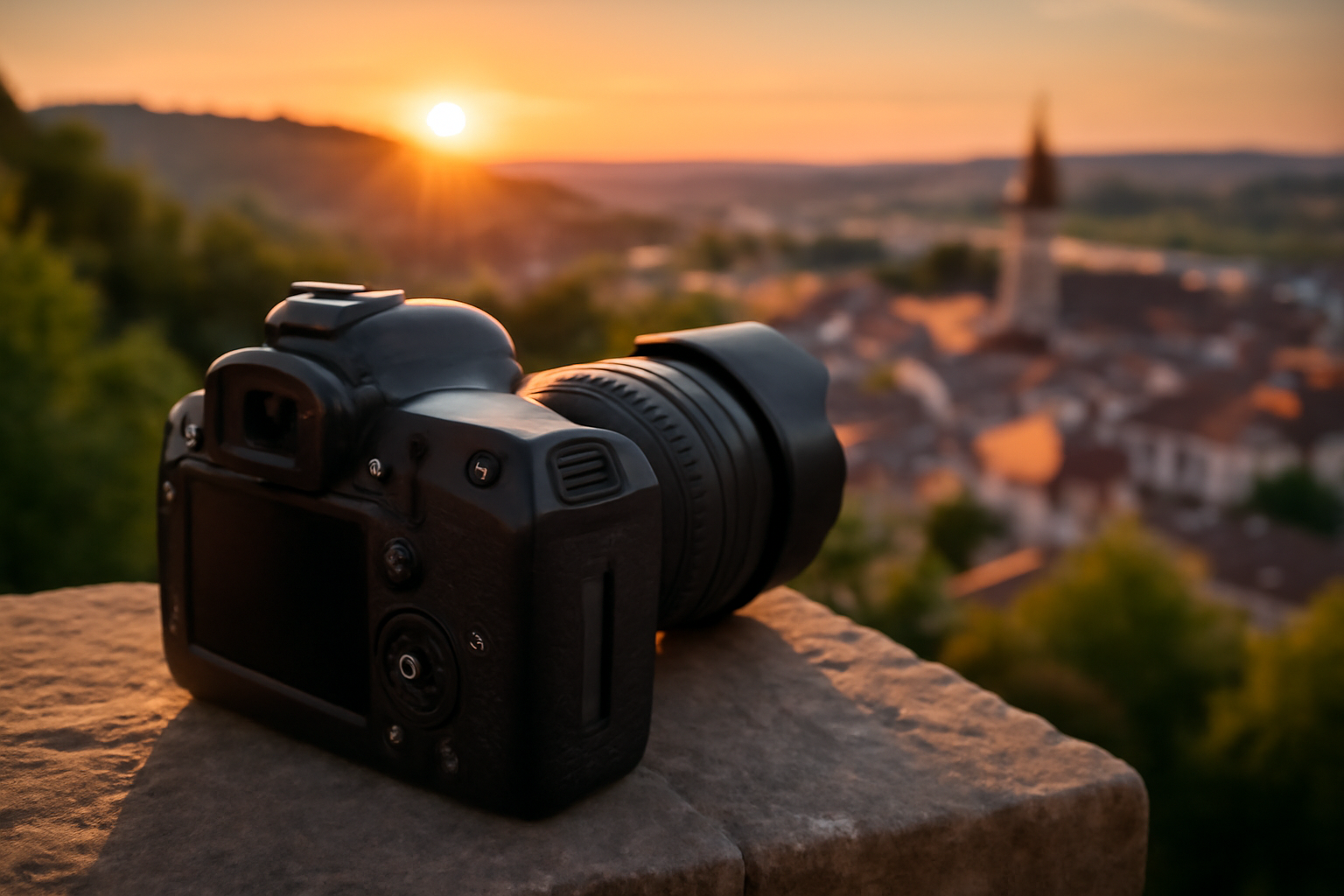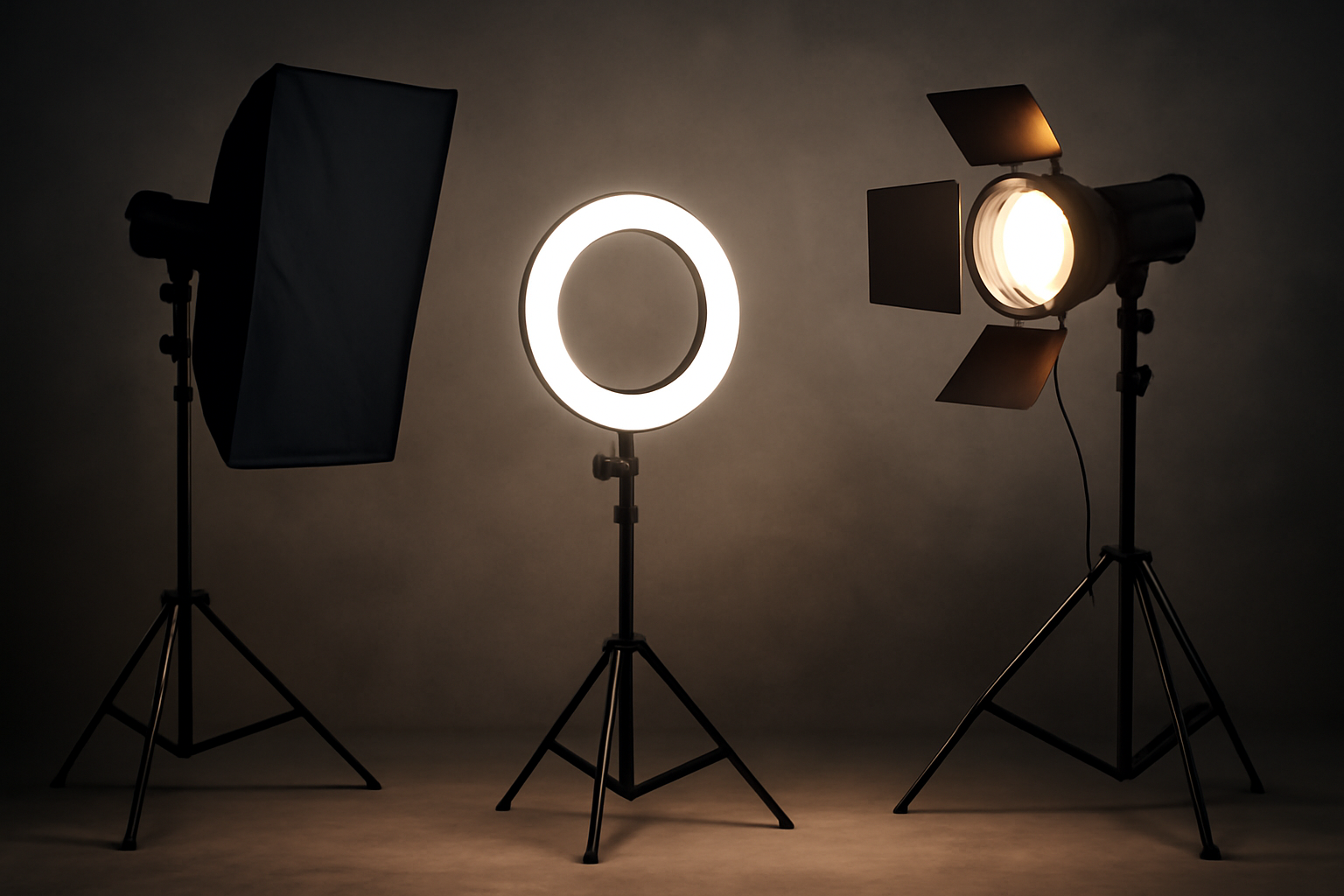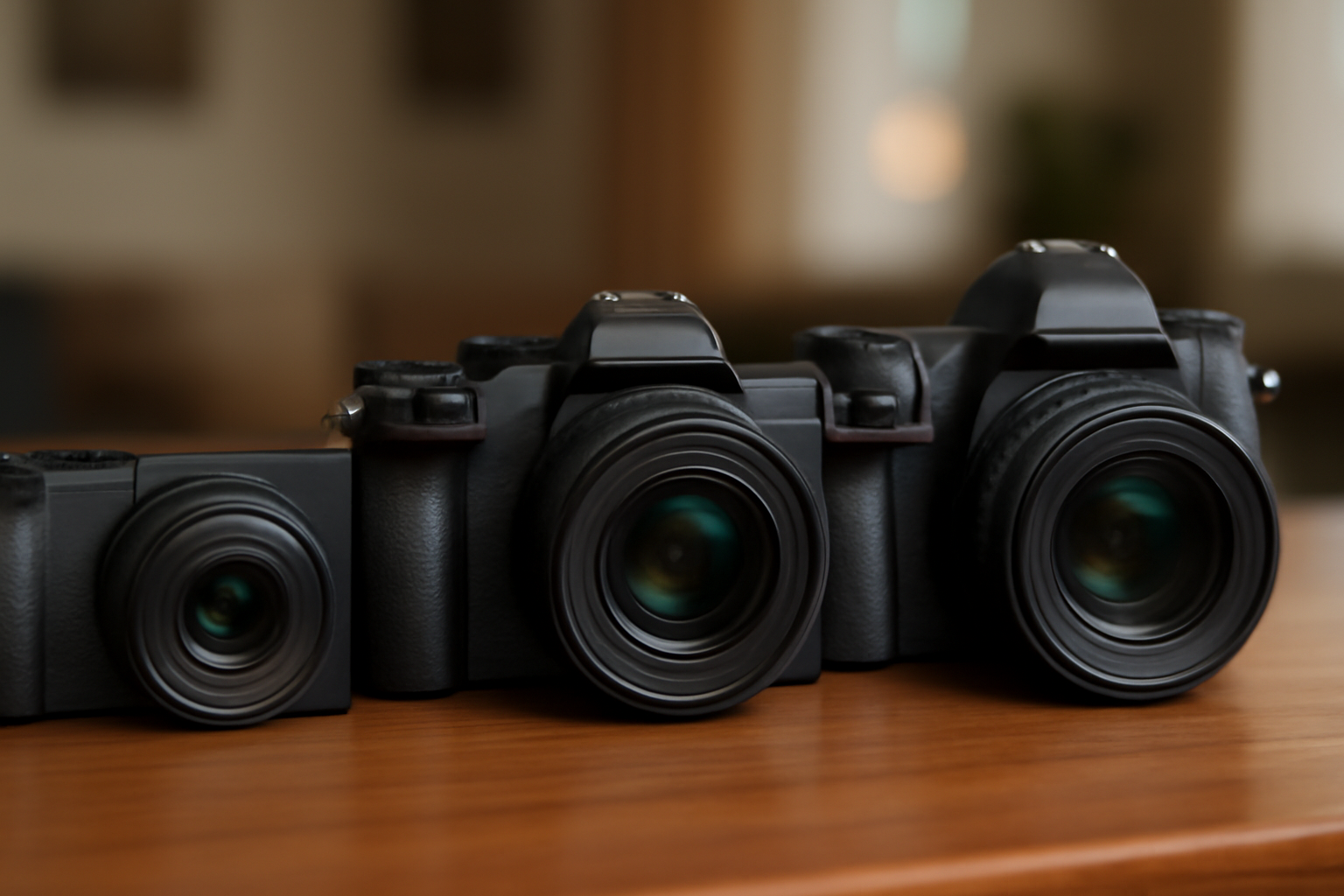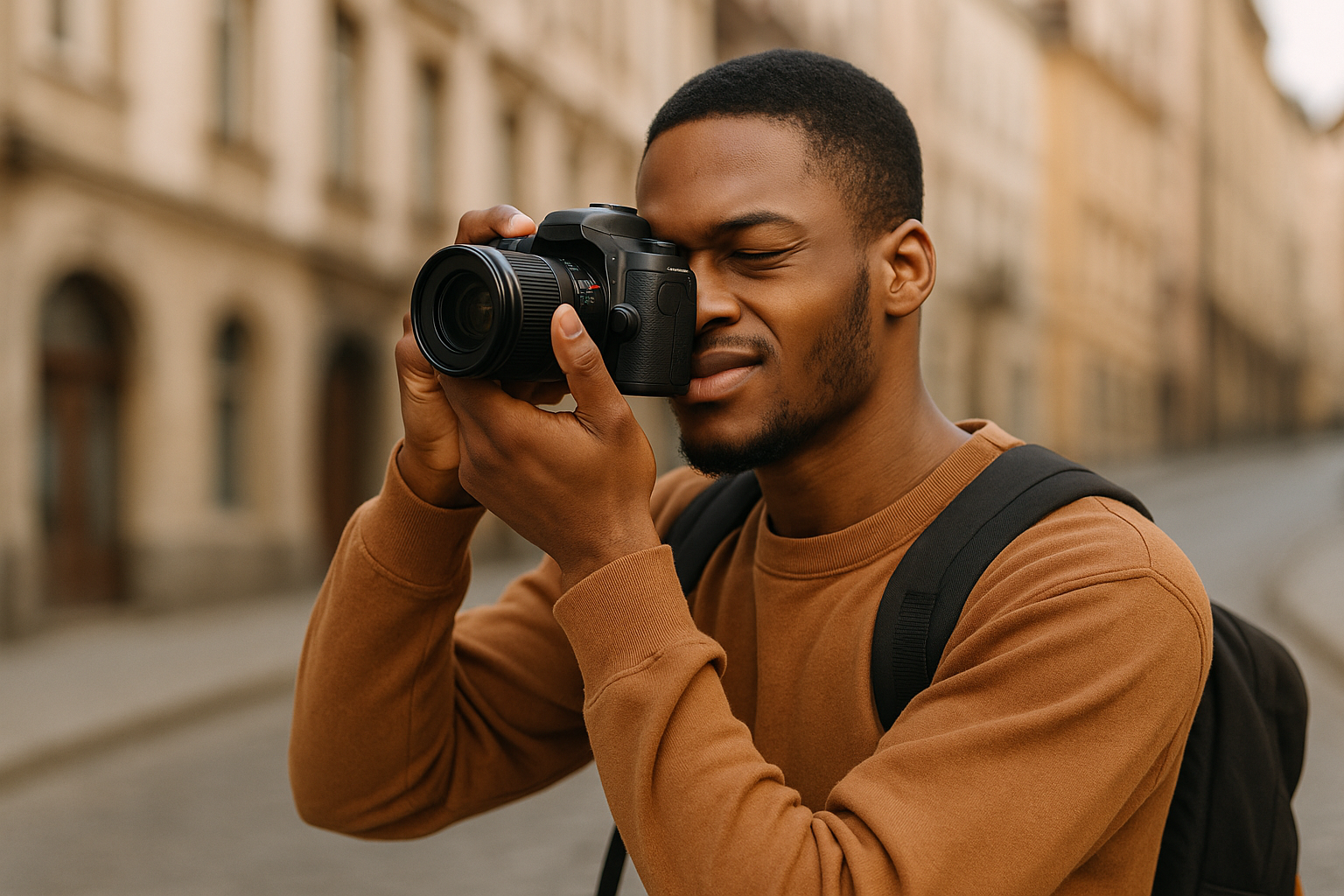Getting into photography is thrilling. The idea of capturing a moment in time, telling a story with a single frame, or simply sharing your unique view of the world can be addictive. But once the passion kicks in, the next big question is: what gear do I really need to begin this journey?
As a photographer who started with nothing more than curiosity and a secondhand camera, I know how overwhelming it can be when you see all the gear pros use. The truth is, you don’t need a studio full of equipment to start producing great photos. In this guide, I’ll walk you through the essential tools that will support your creativity and growth as a beginner photographer.
Start With the Right Camera
You might expect me to say, “Buy the best camera you can afford,” but honestly? The best camera is the one you’ll actually use. Many aspiring photographers get caught up in specs, sensor size, or fancy features. Here’s the truth: you can take incredible photos with entry-level DSLRs, mirrorless cameras, or even your smartphone.
DSLR vs Mirrorless vs Smartphone
- DSLRs are reliable, widely used, and have tons of accessories available.
- Mirrorless cameras are lighter, more modern, and becoming the new standard.
- Smartphones, especially newer models, can produce stunning images with the right technique.
If you want to explore manual settings, change lenses, and have room to grow, an entry-level DSLR or mirrorless camera is a great investment. Look for cameras like the Canon Rebel T7, Nikon D3500, or Sony Alpha a6100. Don’t worry too much about having the latest model—good technique matters more than gear.
Used Cameras Can Be a Smart Move
Buying used from a reputable source (like KEH, B&H, or a local camera store) is a smart way to save money. Many beginner photographers get great deals on cameras that have only a few thousand shutter clicks and are in excellent condition.
Lenses: Your Eyes in Photography
Lenses are arguably more important than the camera body. As a beginner, you don’t need a bag full of glass. Just one or two well-chosen lenses can serve you for a long time.
Kit Lens: The Starter Tool
Most entry-level cameras come with an 18-55mm kit lens. It’s versatile and great for learning. You can shoot landscapes, portraits, and even some close-ups with it.
Prime Lens: Game-Changer for Beginners
If you can invest in just one additional lens, make it a 50mm f/1.8 prime lens (aka “nifty fifty”). It’s sharp, fast in low light, and perfect for portraits with a beautifully blurred background. It’s also one of the most affordable lenses out there.
This lens taught me so much about composition, depth of field, and working with natural light. It forced me to move my feet and think more critically about my shots.
Wide-Angle or Telephoto (Optional)
If you discover a love for landscapes or sports, consider a wide-angle (10-18mm) or telephoto (70-300mm) lens later on. But don’t rush. Start with what you have and grow naturally.
Tripod: Your Steady Assistant
You may think tripods are just for landscape photographers, but they’re super useful in many scenarios:
- Low-light photography
- Long exposure shots
- Self-portraits or group photos
- Video recording
- Macro photography
A tripod helped me slow down and be more intentional with each frame. It also opened the door to night photography and light painting—genres I never thought I’d try.
Look for something lightweight but sturdy, especially if you plan to shoot outdoors. Brands like Manfrotto, Joby (GorillaPod), or Neewer offer affordable options.
A Personal Tip
When I first got into photography, I used a basic aluminum tripod I found at a thrift store. It wasn’t fancy, but it helped me get sharp night shots and long exposures of waterfalls. The key is to start with what’s accessible and build from there.
Memory Cards: Store Your Masterpieces
Photos eat up storage quickly. Having multiple high-speed SD cards (Class 10 or UHS-I) is a must. I recommend at least 32GB per card, and keep a spare on hand—always.
Avoid cheap, no-brand cards. A reliable card from SanDisk or Lexar can save you from the heartbreak of corrupt files.
Extra Batteries: Power to Keep Going
Your camera’s battery life can drain faster than you think, especially in cold weather or during long shoots. Carry at least one extra battery, preferably fully charged.
Pro tip: keep spare batteries in your pocket during winter—your body heat helps preserve the charge.
Camera Bag: Protection and Portability
A camera bag is more than a fashion accessory. It protects your gear from damage and makes it easy to carry:
- Backpacks are great for travel and hiking.
- Shoulder bags offer quick access and are perfect for street photography.
- Sling bags combine comfort and speed.
Look for padded dividers, weather resistance, and enough space for your future gear. You don’t need a huge backpack, just something practical for your style.
Cleaning Kit: Maintain Your Tools
Dirty lenses lead to blurry photos. Keep a basic cleaning kit with:
- Microfiber cloth
- Blower (to remove dust from the lens or sensor)
- Lens cleaning solution
- Sensor swabs (only if you know what you’re doing)
Cleaning your gear regularly shows respect for your craft. It also avoids costly repairs down the line.
External Flash: Light Up Your Creativity
Most entry-level cameras have a built-in flash, but it’s often harsh and unflattering. An external flash (also called a speedlight) allows you to bounce light off ceilings or walls, creating softer, more professional-looking lighting.
For beginners, consider:
- Godox TT600 (budget-friendly and reliable)
- Yongnuo YN560 IV (manual and affordable)
Even experimenting with a simple flash can drastically improve your indoor photos and help you understand how light behaves.
Reflectors: Budget-Friendly Light Control
A 5-in-1 reflector is one of the cheapest yet most effective tools you can add to your kit. It helps:
- Fill shadows in portraits
- Control harsh sunlight
- Add a professional touch to product photos
I carry mine everywhere. It folds up small and makes a huge difference, especially in outdoor shoots.
Editing Software: Finish What You Started
Taking the photo is only half the work. Editing allows you to fine-tune exposure, color, and composition. Start with:
- Adobe Lightroom (excellent for beginners and pros)
- Snapseed (for mobile editing)
- Photoshop (for advanced retouching)
Even if you’re not ready to pay for software, free tools like Darktable or GIMP are great places to learn the basics.
Editing is where your personal style can truly shine. It’s not about fixing mistakes, but enhancing your vision.
Optional But Nice to Have
Once you’re comfortable with the basics, these accessories can elevate your workflow:
- Remote shutter release: Prevents camera shake during long exposures
- Lens filters: UV, polarizer, or ND filters for special effects
- Camera strap: Comfortable and secure for long days of shooting
- Light meters: Help in tricky lighting conditions (for studio work)
- Portable light panels or LED wands: For controlled lighting in small spaces
- Portable backdrop: Useful for home studios or product photography
Each of these items supports different styles and genres, so add them as you discover your niche.
Budget Tips: Building Your Kit Without Breaking the Bank
Photography can be expensive, but it doesn’t have to be. Here are a few ways to save money:
- Buy secondhand gear from reputable dealers or trusted sellers
- Use free editing tools until you’re ready to upgrade
- Borrow or rent lenses to test before buying
- Join local photo groups where you can trade or share gear
- Watch online reviews before investing in expensive tools
Many photographers start with minimal setups and gradually upgrade as their skills and needs grow. Patience and smart planning go a long way.
Building Your Kit Around Your Style
If you lean toward portraits, focus on lenses and lighting. If landscapes fascinate you, invest in a solid tripod and wide lens. Into street photography? A small camera and fast prime lens may suit you best.
Photography is personal, and your kit should reflect that.
Practical Scenario: A Beginner’s First Shoot
Imagine heading to a local park for your first portrait session. You bring your entry-level DSLR, a 50mm lens, a reflector, and a tripod. The sun is setting, and the golden hour light is perfect. You use the reflector to fill shadows on your subject’s face and the tripod to keep your camera steady. With these simple tools, you capture images full of warmth and emotion—no studio or high-end gear needed.
Conclusion: Build a Kit That Grows With You
Photography is a journey, not a shopping list. Your gear should empower your creativity, not complicate it. Focus on the essentials:
- A camera you understand and enjoy
- One or two versatile lenses
- Tools that support learning and exploration
Over time, your needs will evolve—and so will your kit. Let passion lead your purchases, not pressure.
Keep shooting, keep learning, and remember: the best equipment is the one that helps you tell your story.


